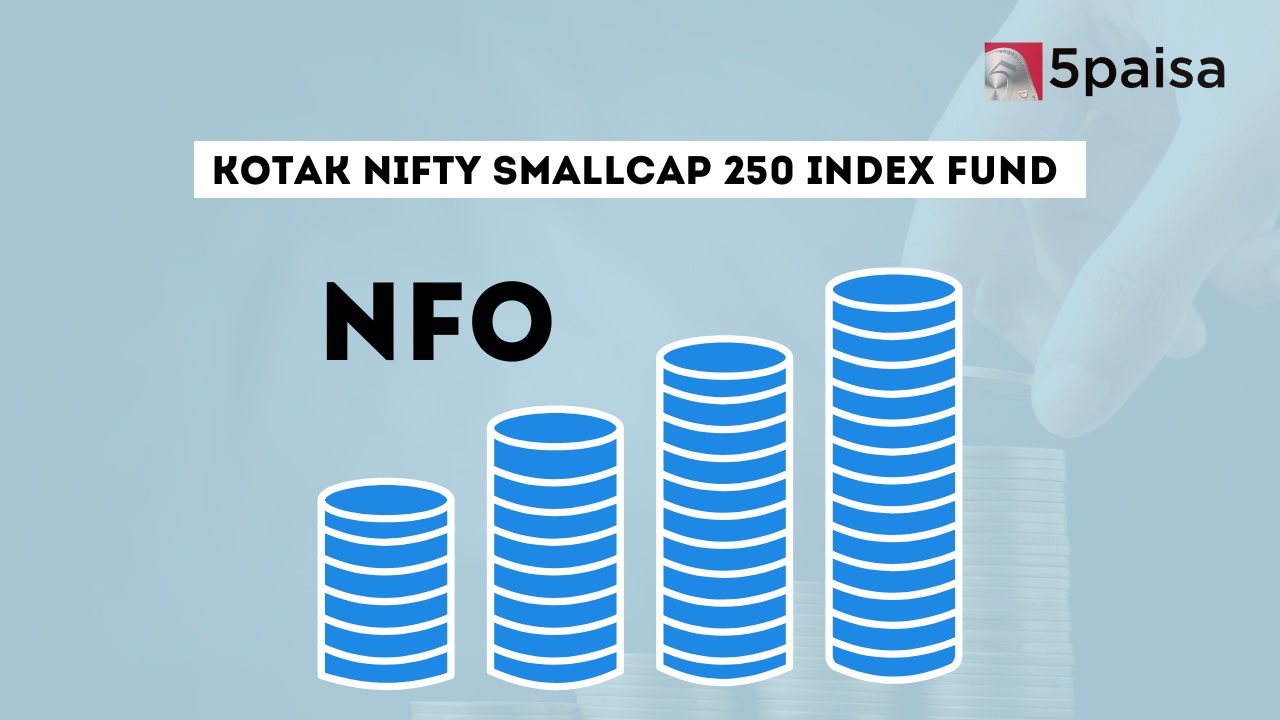Current account deficit rises to 2.8% of GDP in Q1 of FY23

Last Updated: 7th October 2022 - 01:09 pm
For the quarter ended June 2022, the current account deficit widened sequentially from $13.40 billion in March 2022 quarter to $23.90 billion in June 2022 quarter. This was largely driven by merchandise trade deficit as we shall see in detail later. But, there is good news too. At 2.8% of GDP, the current account deficit (CAD) is lower than the estimate put out by India Ratings at 3.4%. If you look back at the last 12 quarters, 4 were surplus quarters and 8 were deficit quarters in the current account. The surplus quarters were the outliers due to the impact of COVID. The worry is that last 4 quarters have been deficits in current account.
How did we arrive at $23.9 billion current account deficit
The table below captures how the $23.9 billion current account deficit for Q1FY23 was arrived at. On the left are the factors that are putting pressure on the current account and creating the deficit. On the right side are the factors that are mitigating that current account deficit. The table is self-explicit.
|
Pressure on Current Account (CA) |
Amount |
Boosting the Current Account (CA) |
Amount |
|
Q1FY23 Trade Deficit |
($68.60 bn) |
Q1FY23 Services Surplus |
+$31.10 bn |
|
Primary A/C - Interest |
($9.30 bn) |
Secondary Income |
+$22.90 bn |
|
Negative Thrust on CA |
(-77.90 bn) |
Positive Thrust on CA |
+$54.00 bn |
|
|
|
Current Account Deficit |
(-$23.90 bn) |
Data Source: RBI
The villain of the piece (if we may call it so) is the trade deficit. The trade deficit is much wider than the previous quarter and on a yoy basis the trade deficit has more than doubled. That is where the pressure is coming from. Unfortunately, the services surplus has been unable to suitably offset the merchandise trade deficit. That has resulted in the current account deficit widening to $23.9 billion.
3 reasons why the CAD widened sharply in the June quarter
In the June 2022 quarter, current account deficit widened from $13.40 billion to $23.9 billion on QOQ basis. These are the key drivers.
a) Merchandise trade deficit, which refers to the deficit in the trade in goods, widened sequentially from $-54.5 billion in March 2022 quarter to $-68.6 billion in June 2022 quarter. Exports weakened amidst a global recession and tepid demand. However, the imports of most items remained constant and a weak rupee worsened matters.
b) We just have a ratification for our statement. The POL (petroleum, oil, lubricants) accounted for nearly half of the overall merchandise deficit for June 2022 quarter at $-33.6 billion. As the rupee weakens, the imports become more expensive and the imported inflation is a big cause of the wider trade deficit. You pay more for less.
c) On the non-trade side, services surplus improved sequentially from $28.3 billion to $31.1 billion. However, the services surplus could not offset the spike in the merchandise trade deficit. The other heads of payments and receipts almost cancelled out at same levels.
If merchandise trade deficit widens, FY23 CAD could have problems
Here are some startling numbers. Cumulative trade deficit for first 5 months of FY23 is $124.5 billion. So, you can extrapolate full year trade deficit at closer to $300 billion. Now if you take the past averages of current account deficit at 30% to 40% of trade deficit, the current account deficit for FY23 could be in the region of $100 billion to $120 billion. That translates into 3% to 4% of GDP for the full year. It may not sound as alarming as it was in 2013, but alarm bells are starting to ring in the corridors of power. Let us fine tune our estimates for full year CAD with more current data on trade.
|
Particulars |
Exports FY23 ($ bn) |
Imports FY23 ($ bn) |
Surplus / Deficit ($ bn) |
|
Merchandise trade |
$193.51 bn |
$318.03 bn |
$(-124.52) bn |
|
Services Trade # |
$118.30 bn |
$72.88 bn |
$+45.42 bn |
|
Overall Trade |
$311.81 bn |
$390.91 bn |
$(-79.10) bn |
The closest you can get to the current account deficit estimates is to look at the combined deficit of merchandise trade and services put together, as is captured in the above table. The cumulative overall deficit of $-79.10 billion for first 5 months can be extrapolated to around $170 billion for the full year. If we make a provision for primary outflows and the secondary income, the current account deficit as of date should be around $60 billion. That is nearly matching with our full year current account deficit estimate of $120-130 billion for FY23; or 4% of GDP. However, the real pressure on CAD may have just about begun.
- Flat ₹20 Brokerage
- Next-gen Trading
- Advance Charting
- Actionable Ideas
Trending on 5paisa
01
 5paisa Research Team
5paisa Research Team
06
 5paisa Research Team
5paisa Research Team
Indian Market Related Articles
Disclaimer: Investment in securities market are subject to market risks, read all the related documents carefully before investing. For detailed disclaimer please Click here.




